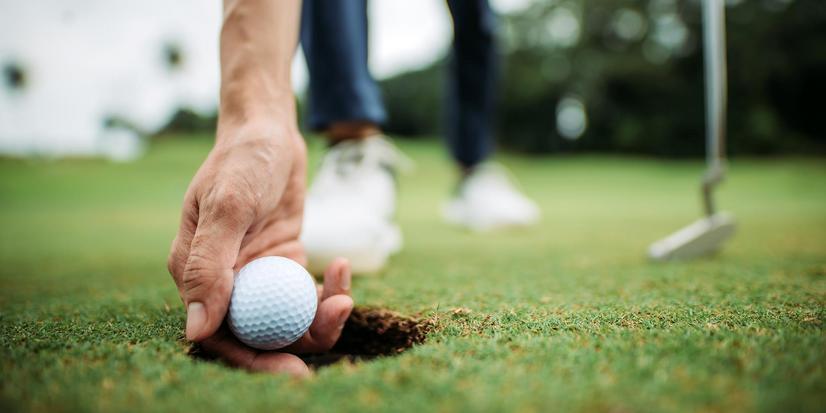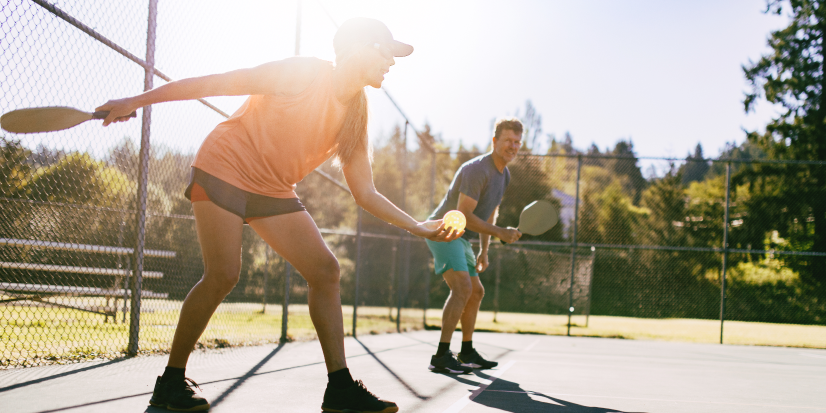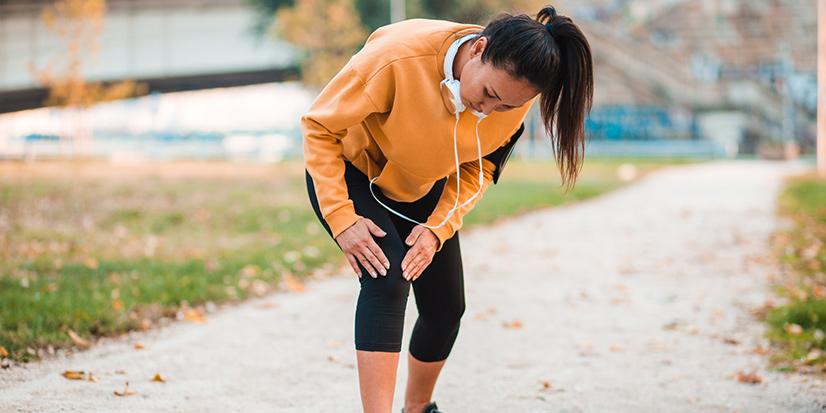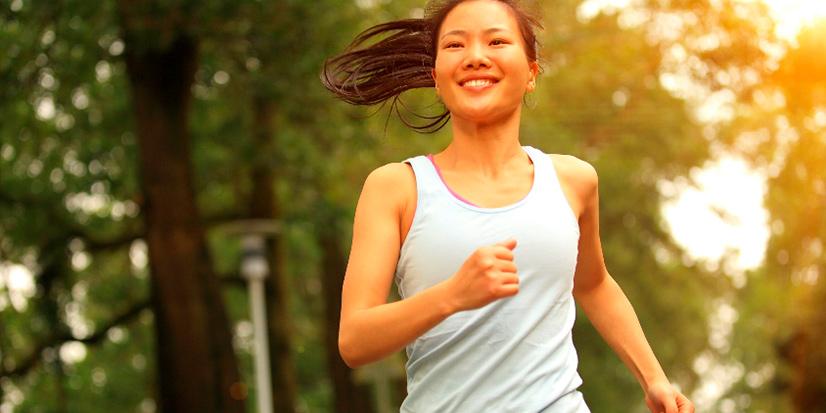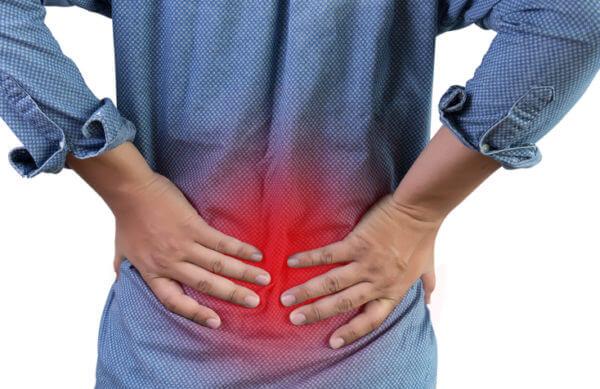Professional golfer Phil Mickelson was preparing to compete in the 2010 U.S. Open when, unexpectedly, his joints started to ache.
When the tests came back, Mickelson learned he had psoriatic arthritis. Genetics, the environment, viruses and the body’s immune system are all factors that might cause psoriatic arthritis. Mickelson has been back on his professional golf game for several years, thanks to early diagnosis and treatment.
Many golfers are playing with pain, such as tendinitis, sore muscles and arthritis. Swinging a golf club requires moving at a very high speed in a short amount of time, increasing the risk of injury. We called on Dr. Jeremy Gardner of Altru Advanced Orthopedics to teach us where golfers are feeling the pain and how you can prevent it.
Golfing affects the entire body. Improper form can affect multiple joints, with special consideration for the lead wrist, elbow, shoulder, lower back, hips and knees. Swing alterations, such as a shorter backswing or proper weight shift, may decrease wear and tear on the body.
Keep in mind: it’s important to properly stretch and warm up before and after a round to reduce pain and injury. Stretching and strengthening can help keep you healthy and improve your game.
Here are some other injury prevention tips for different body parts.
Next Steps
If you’ve tried these techniques and are still experiencing pain, it might be time to visit Altru Advanced Orthopedics. Altru’s experienced orthopedic providers can work with you to understand what’s causing your pain, and how to fix it. This might include physical therapy, or it could be time to consider joint replacement.
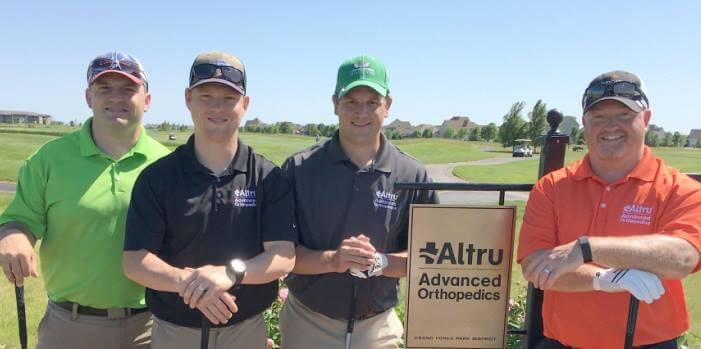
Altru Advanced Orthopedics providers, Christopher Howson, DC, Jordan McIntyre, DC, Jeremy Gardner, MD, and Wade Olson, NP, participating in the Special Olympics North Dakota Golf Classic.
Altru offers anterior approach hip replacement, which allows for a smaller incision and less damage to muscles, resulting in less pain and faster recovery. With proper recovery time and physical therapy, you can get back to the links sooner.
Golf is a great way to stay active. It’s beneficial for strength, balance, coordination and range of motion. If walking is a possibility, aerobic exercise improves the heart, lungs and muscles and helps with weight control, mood and sleep.



